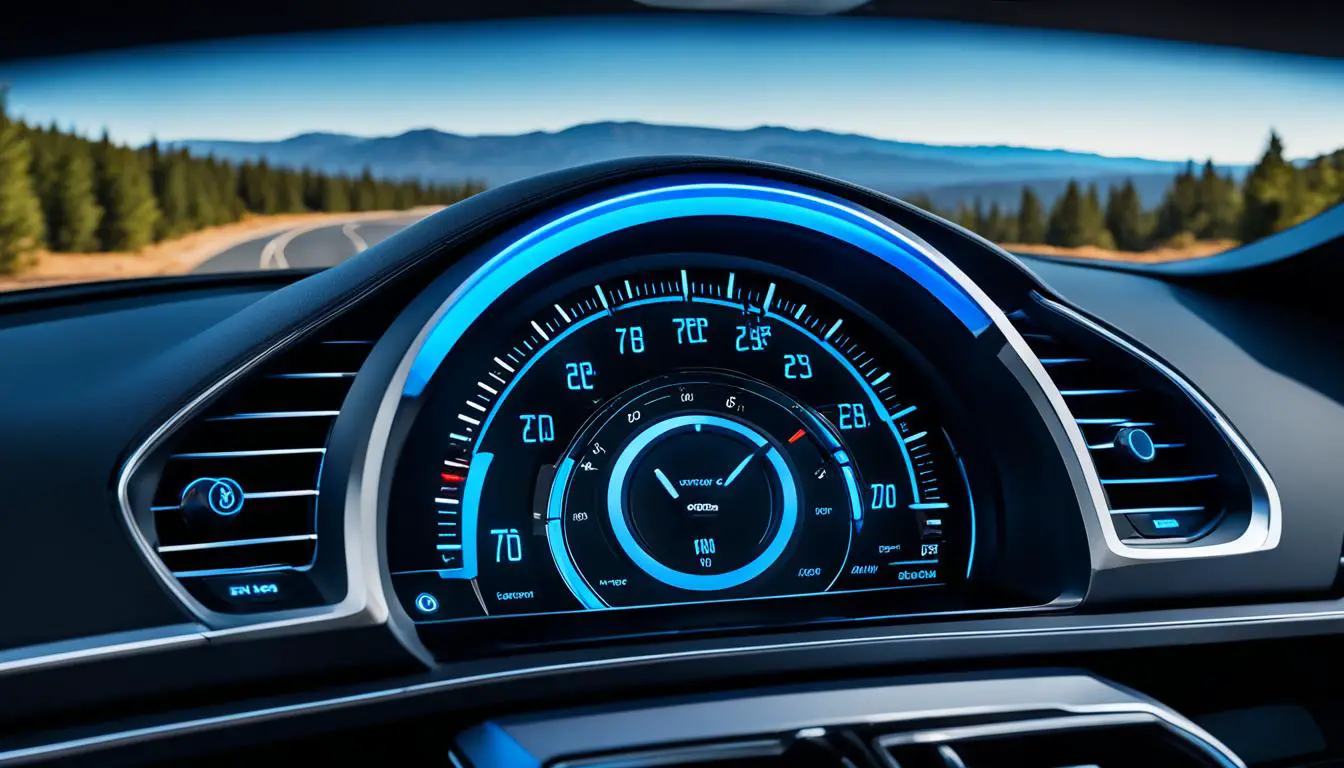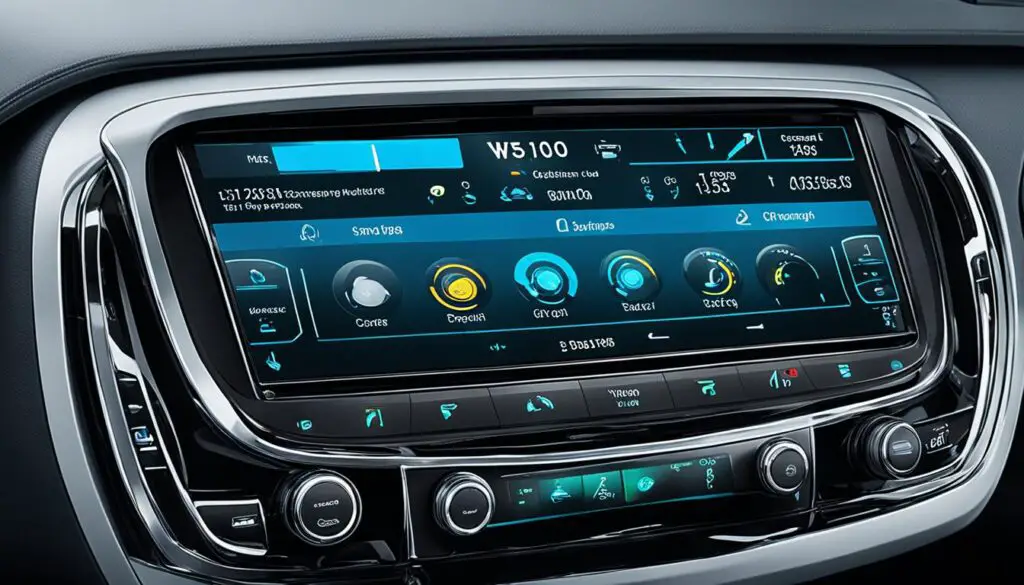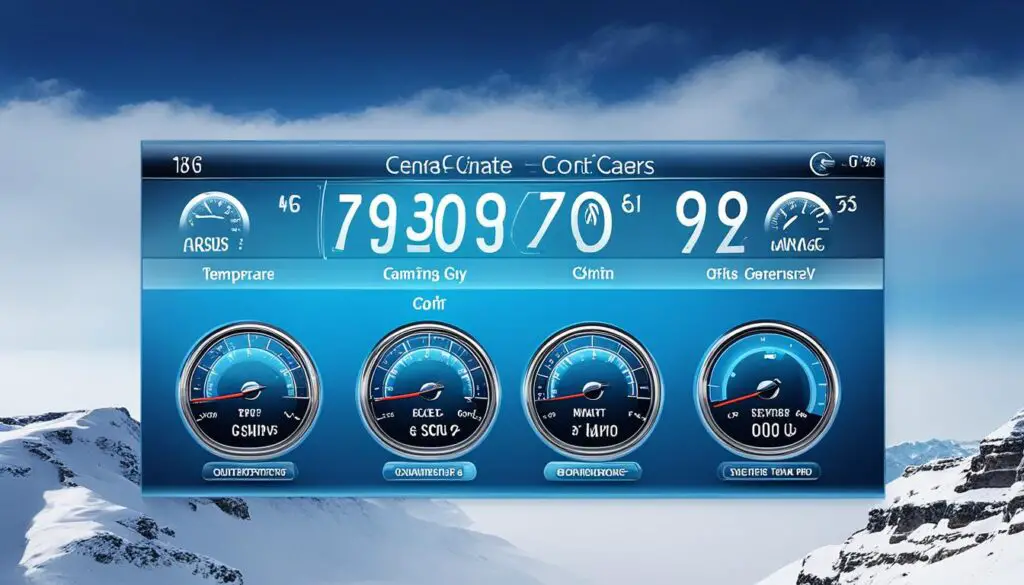
Climate Control in Cars: Maximizing Comfort and Efficiency
As a professional journalist, I delve into the world of climate control systems in cars, where maximizing comfort and efficiency are the ultimate goals. With advancements in technology, these systems have evolved, providing drivers and passengers with a superior driving experience, regardless of the weather conditions outside.
Climate control systems offer a range of features that enhance comfort and convenience. Imagine cruising in your car on a scorching summer day or a freezing winter night, and with just a few adjustments, achieving the perfect temperature inside the vehicle. It’s no longer a distant dream but a reality with modern climate control systems.
These systems have the ability to regulate temperature preferences, ensuring optimal comfort for both the driver and passengers. With dual-zone climate control, everyone can set their own temperature preferences, without compromising on fuel efficiency. Gone are the days of heated debates over the ideal temperature inside the car!
Efficiency is another crucial aspect of climate control systems. Besides providing a comfortable cabin, these systems incorporate sensors and algorithms to automatically regulate airflow and fan speed. By optimizing energy consumption, they contribute to improving overall fuel efficiency.
Climate control systems have revolutionized the way we experience car journeys. Whether it’s a short commute to work or a cross-country road trip, these systems ensure that comfort and efficiency go hand in hand, making every ride a pleasurable one.
Key Takeaways:
- Climate control systems in cars maximize comfort and efficiency.
- Modern systems allow drivers and passengers to regulate the temperature inside the vehicle.
- Dual-zone climate control caters to individual temperature preferences without compromising fuel efficiency.
- Sensors and algorithms optimize energy consumption and improve overall fuel efficiency.
- Climate control systems transform car journeys into comfortable and enjoyable experiences.
The Evolution of Climate Control Systems
The development of climate control systems in cars has seen remarkable evolution driven by advancements in technology. Initially, water managers relied on the Colorado River Simulation System (CRSS), a simulation model that allocated water resources. However, this model was limited to federal government officials and required complex coding in Fortran.
In the early 1990s, the introduction of a software called RiverWare revolutionized the decision-making process. It allowed various stakeholders, including states, cities, farmers, and tribes, to utilize the CRSS model for water management. RiverWare became a fundamental tool in resolving disputes and reaching agreements on water storage and distribution, not just for the Colorado River but also for other major rivers across the United States.
The use of supercomputers has further accelerated progress in this field. Policymakers can now test different river management strategies against thousands of future scenarios, providing valuable insights for effective decision-making. By leveraging technology, climate control systems have evolved to optimize water resource management in an era of increasing unpredictability.

Advancements in Climate Control Technology
As climate control systems have evolved, significant technological advancements have played a pivotal role in enhancing comfort and efficiency. These technologies ensure drivers and passengers can enjoy a comfortable climate within the vehicle, regardless of external conditions.
“The progression of climate control systems has not only enabled personalized climate preferences but also improved overall energy efficiency.”
Modern climate control systems provide features such as dual-zone climate control, allowing individuals to set different temperature preferences for optimal comfort. Additionally, advanced sensors and algorithms regulate airflow and fan speed automatically, minimizing energy consumption and maximizing fuel efficiency.
All these advancements are a testament to the continuous evolution of climate control systems, striving to enhance the driving experience for all.
Comparison of Climate Control Systems
| Feature | Basic Climate Control | Advanced Climate Control |
|---|---|---|
| Temperature Regulation | Allows basic adjustment of temperature | Enables precise temperature control and personalized settings |
| Dual-Zone Capability | N/A | Enables independent temperature settings for driver and passenger |
| Automatic Airflow Regulation | N/A | Adjusts airflow based on temperature and desired comfort |
| Smart Energy Management | N/A | Optimizes energy consumption for improved fuel efficiency |
As seen in the comparison above, advanced climate control systems offer a wide range of features that enhance comfort and efficiency.
Enhancing Comfort and Efficiency with Climate Control
Climate control systems in cars offer a range of features that prioritize both comfort and efficiency. These advanced systems empower drivers to regulate the temperature inside their vehicles, ensuring optimal comfort regardless of the external weather conditions.
Whether it’s a scorching summer day or a freezing winter night, climate control systems can quickly adjust and provide the desired temperature with just a few adjustments. Gone are the days of discomfort while commuting or embarking on long journeys.
One notable feature of modern climate control systems is dual-zone climate control, which allows drivers and passengers to set different temperature preferences. With this function, everyone inside the car can experience their desired level of comfort without compromising fuel efficiency. It’s the perfect solution for those who prefer a cooler or warmer atmosphere while riding together.
Moreover, modern climate control systems incorporate advanced sensors and algorithms to automatically regulate airflow and fan speed. These smart technologies ensure that the air distribution is optimized, minimizing energy consumption and improving overall efficiency. By responding to changing conditions, these systems create a harmonious environment within the vehicle, maximizing both comfort and fuel economy.
Key Features of Climate Control Systems:
- Temperature Regulation: Climate control allows drivers to set their desired temperature for a comfortable driving experience.
- Dual-Zone Climate Control: With dual-zone functionality, drivers and passengers can have individual temperature settings.
- Automatic Airflow and Fan Speed: Sensors and algorithms adjust the airflow and fan speed to optimize comfort and energy efficiency.
Comfort and efficiency are no longer mutually exclusive when it comes to climate control in cars. These innovative systems offer a personalized driving experience, ensuring that every journey is enjoyable and fuel-efficient.

Conclusion
Climate control systems have undergone significant advancements in the automotive industry, driven by a better understanding of the impact of climate change and technological innovations. The incorporation of climate change models into future water-sharing strategies, as illustrated by the Colorado River case study, highlights the importance of considering the long-term effects of a warming climate. By leveraging web-based tools and supercomputers, policymakers can now test policies against a wide range of future scenarios, ensuring the resilience of water resource management.
On the consumer side, climate control systems in cars offer enhanced comfort and convenience, allowing drivers and passengers to enjoy their journey irrespective of external weather conditions. These systems enable individuals to regulate temperature preferences, ensuring a pleasant driving experience regardless of scorching summers or freezing winters. Furthermore, advanced features like dual-zone climate control cater to the preferences of both drivers and passengers, optimizing comfort without compromising fuel efficiency.
With the integration of sensors and algorithms, modern climate control systems can automatically regulate airflow and fan speed, leading to more efficient energy consumption. This not only enhances the overall efficiency of the vehicle but also contributes to reducing fuel consumption and environmental impact. As car technology continues to advance, climate control systems will play an even more significant role in maximizing comfort and efficiency for drivers and passengers. The ongoing evolution and optimization of these systems have transformed the way we perceive and experience climate control in cars, ensuring a more comfortable and sustainable future of automotive travel.
FAQ
How do climate control systems in cars enhance comfort?
Climate control systems in cars allow drivers to regulate the temperature inside the vehicle, ensuring optimal comfort regardless of the weather conditions outside. Whether it’s a scorching summer day or a freezing winter night, climate control systems can provide the desired temperature with just a few adjustments. Moreover, advanced systems now come with features like dual-zone climate control, which allows drivers and passengers to set different temperature preferences.
How do climate control systems improve fuel efficiency?
Modern climate control systems incorporate sensors and algorithms to regulate the airflow and fan speed automatically, minimizing energy consumption and improving overall efficiency. By optimizing energy consumption, these systems contribute to maximizing fuel efficiency.
What advancements have been made in climate control system technology?
Climate control systems in cars have evolved significantly, thanks to advancements in technology. From the development of software like RiverWare, which allows stakeholders to use simulation models for decision-making, to the utilization of supercomputers for testing different river management strategies against future scenarios, technology has played a crucial role in improving climate control systems.
How do climate change models factor into water-sharing strategies?
Climate change models are now being incorporated into the planning of future water-sharing strategies, as seen with the Colorado River. By utilizing web-based tools and supercomputers, policymakers can test policies against a wide range of possible future scenarios, ensuring resilience in water resource management and considering the long-term effects of a warming climate.
What benefits do climate control systems offer drivers and passengers?
Climate control systems in cars provide enhanced comfort and convenience for drivers and passengers. They allow individuals to regulate the temperature inside the vehicle, regardless of external weather conditions. This ensures a pleasant journey regardless of the outside temperature. Additionally, these systems can optimize energy consumption, contributing to overall fuel efficiency.
